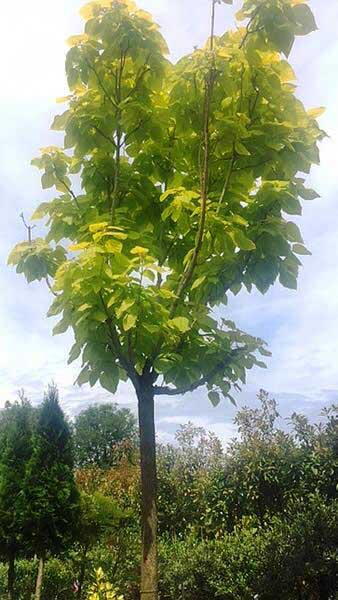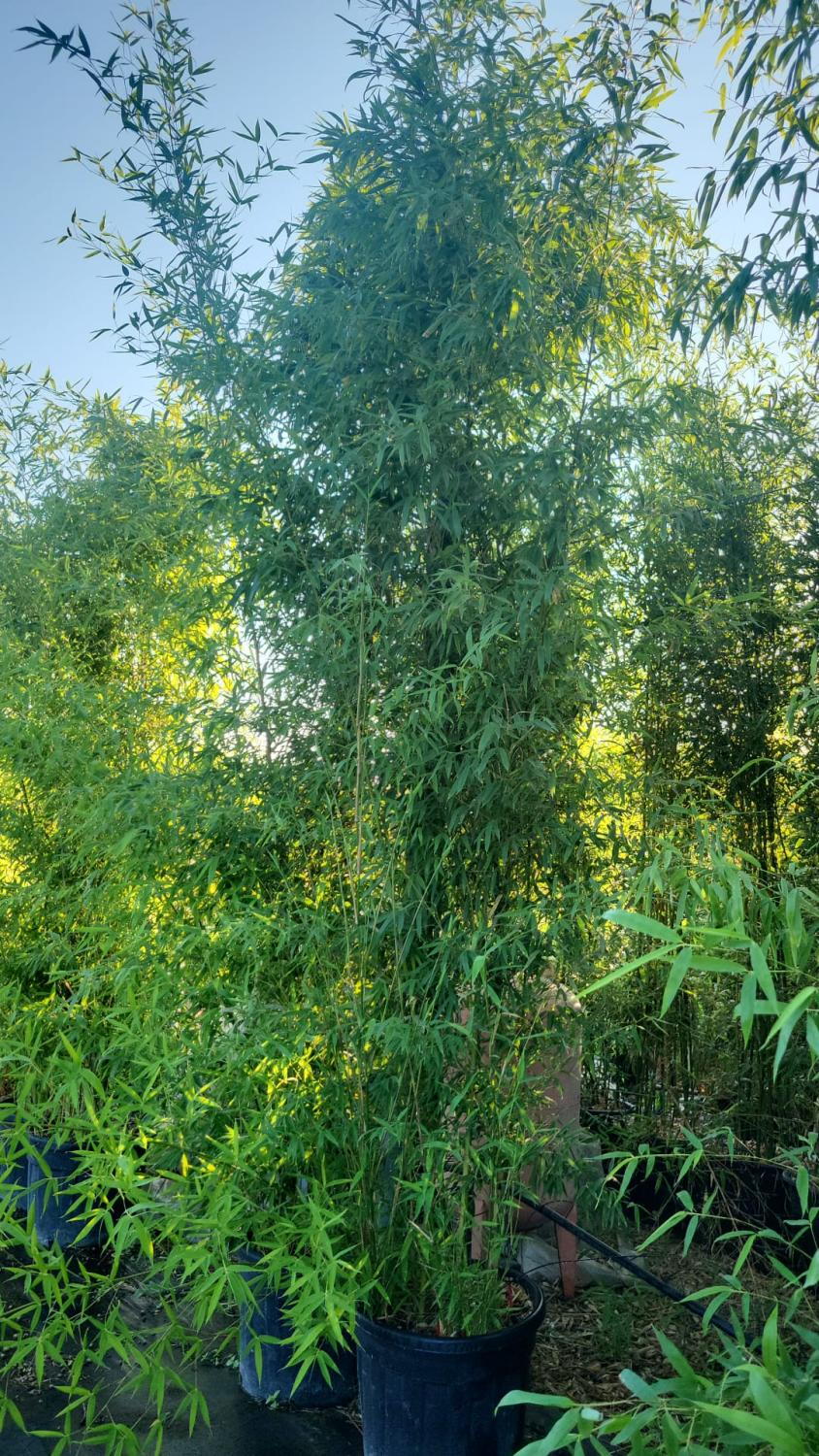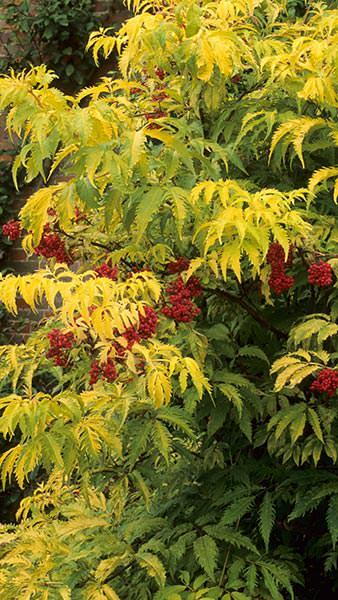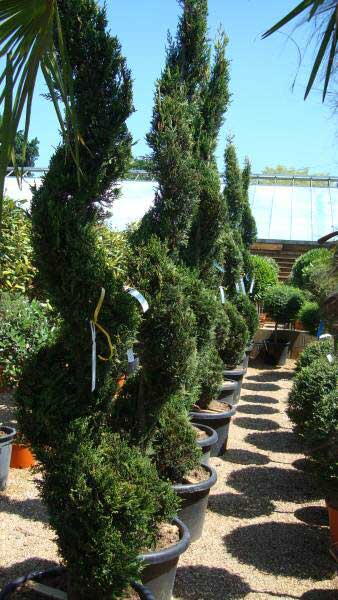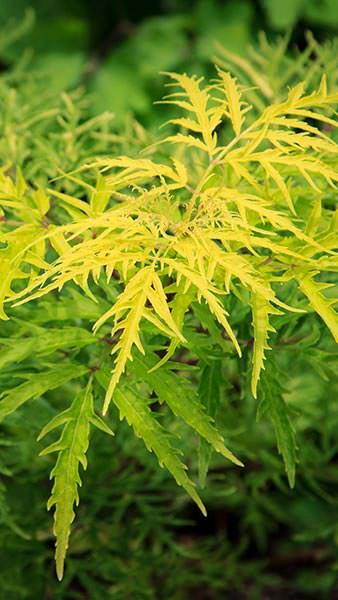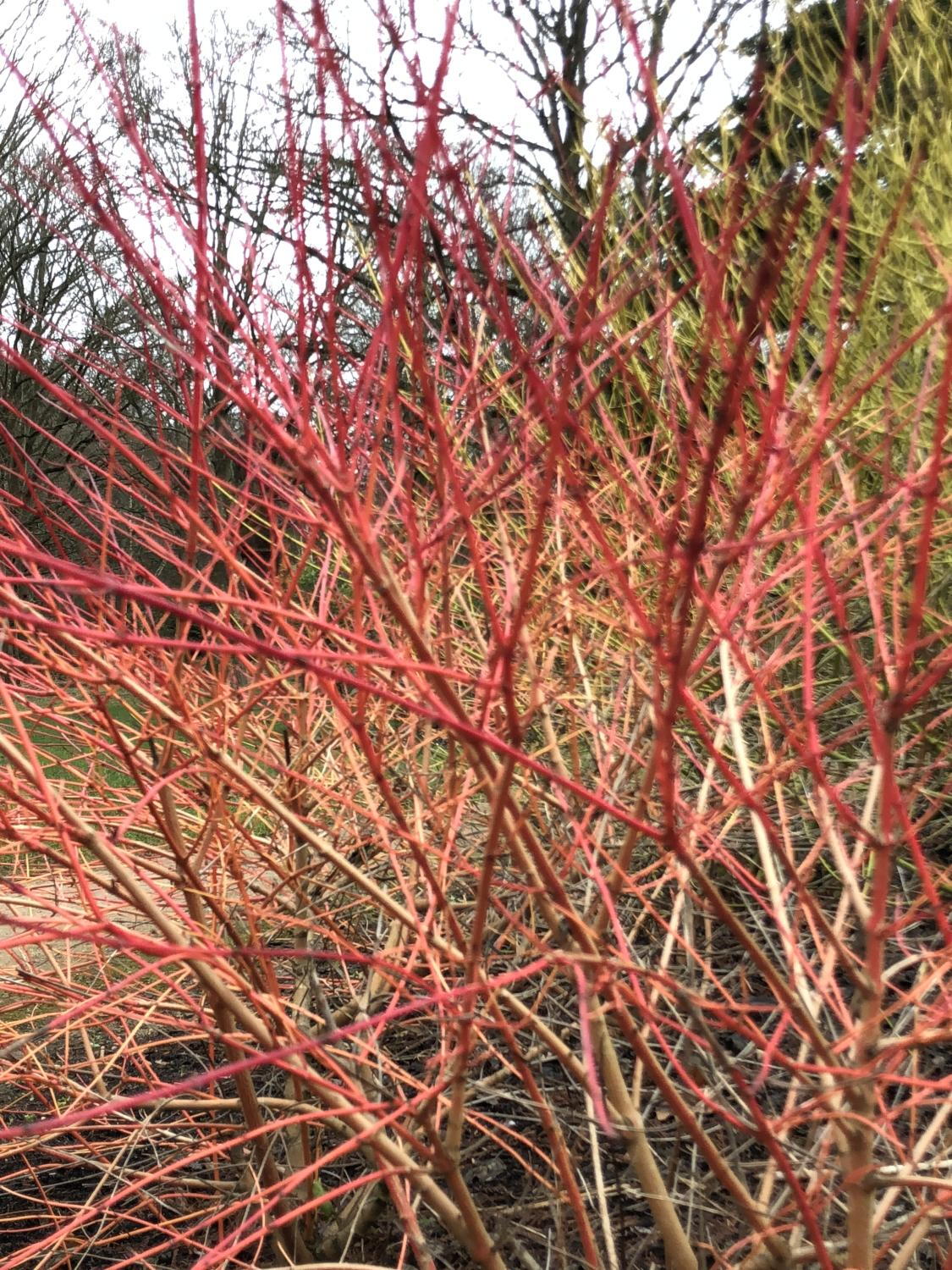Sambucus Racemosa Plumosa Aurea. Red Berried Elder Online UK
Sambucus Racemosa Plumosa Aurea is a deciduous bushy shrub, with finely cut leaves bronze when young, turning golden yellow. This beautiful specimen also named Red Berried Elder has small creamy yellow flowers in spring followed by glossy red berries. It loves partial shade but will cope well in full sun and grows well in any well drained fertile soil. Max height 3m max spread 3m. Prunning should be done in spring. The multicoloured, finely cut foliage is the most attractive attribute of Red Berried Elder. The dissected, pinnate leaves emerge golden with bronze tips, maturing to bright yellow shades. In the spring, clusters of creamy white flat flower heads appear. Borne atop the stems, the blossoms are particularly appealing to pollinators. The flowers are followed by tiny, crimson berries that complement the shrub as the foliage becomes tinged with shades of red before it drops.Easy to grow and to care for, Sambucus Racemosa Plumosa Aurea isn’t fussy when it comes to optimal growing conditions. It prefers partial shade and grows well in any well drained fertile soil. Although it can flourish in full sun, particularly strong sunlight can cause leaf scorch. This tough deciduous shrub can even perform well in extremely chalky soil, and it’s tolerant of urban pollution as well. Long-lived, this variety of elder can thrive for up to 30 years in average conditions.Considered robust and enduring, Red Berried Elder is fully hardy in all of the United Kingdom. It can easily survive if the temperatures drop below -20 degrees and it won’t be bothered by frost or biting winds. Vigorous and fast-growing, this deciduous shrub can grow to be up to 3 metres high and across. If you want to constrain its size as it matures, prune lightly in the spring, removing unwanted or damaged shoots. This shrub can be coppiced every 3 or 4 years.Sambucus Racemosa Plumosa Aurea is primarily grown for its fern-like, multicoloured foliage. With a bushy habit, this spectacular shrub forms a dome as it grows. When planted en masse, this shrub with a fast growth rate makes a great textured, bright privacy screen or hedge in no time. The beautiful shades of gold and yellow of its foliage can be accentuated by contrasting shrubs in a mixed shrub border, primarily those with purple foliage such as Albizia Julibrissin Summer Chocolate or Berberis X Ottawensis Purpurea Superba Barberry.Caution harmful if berries are eaten.
